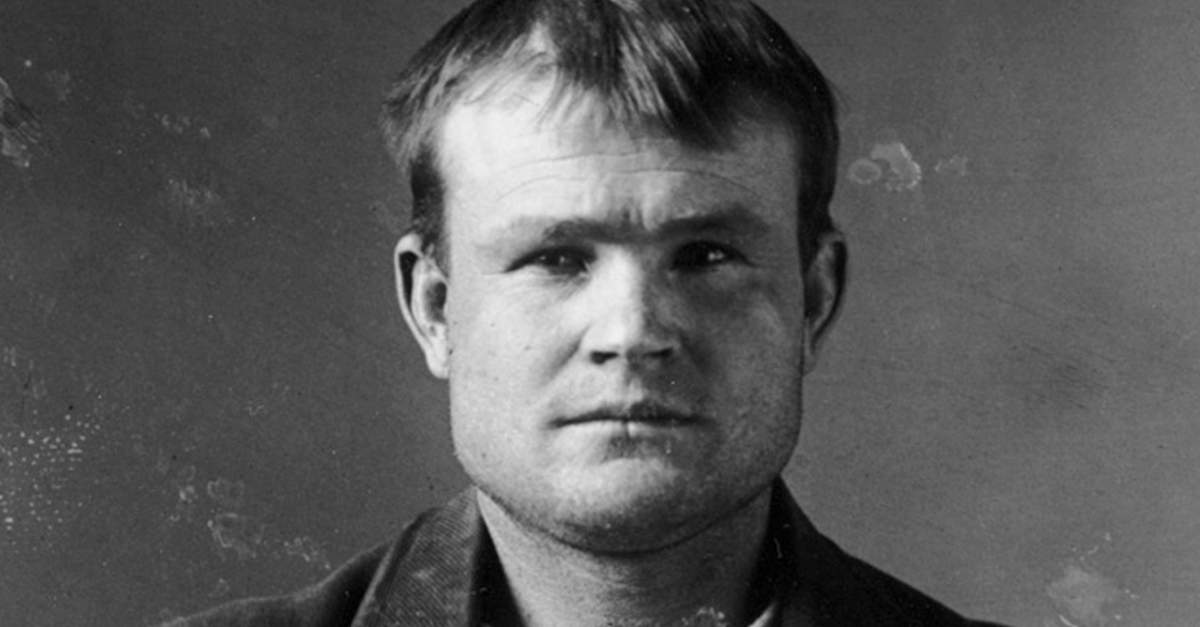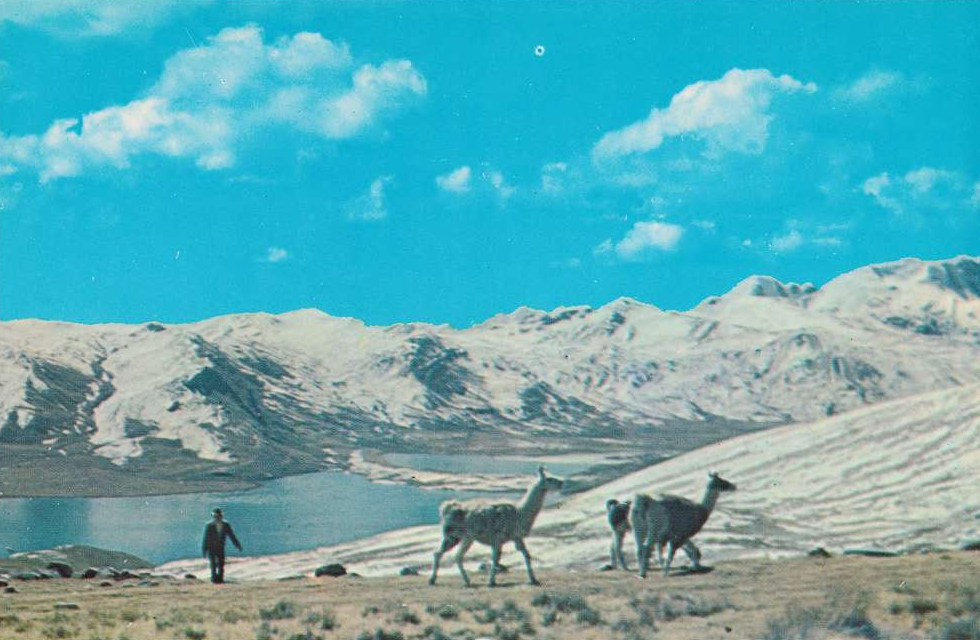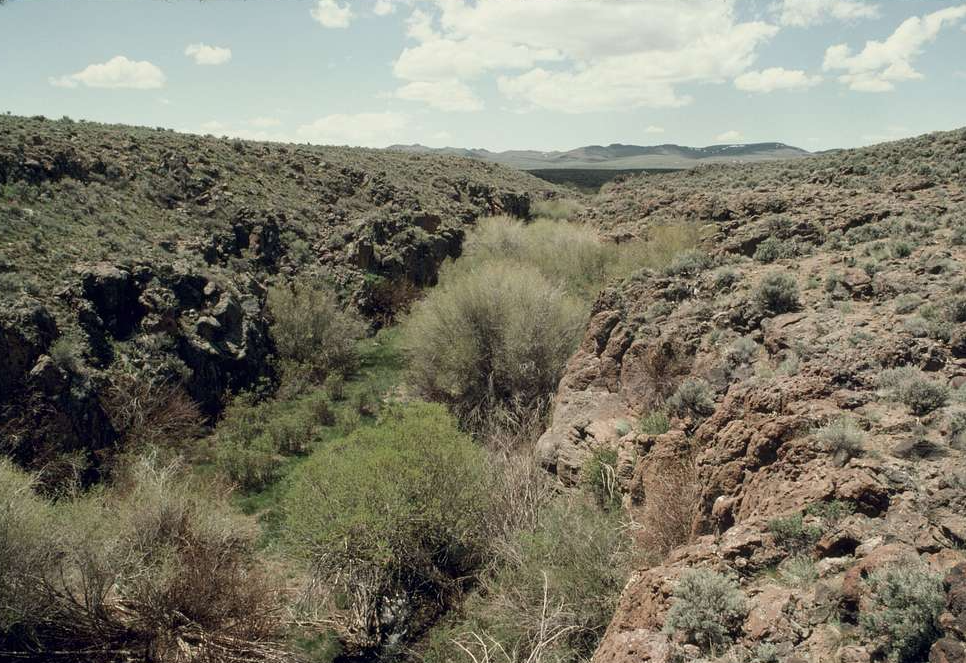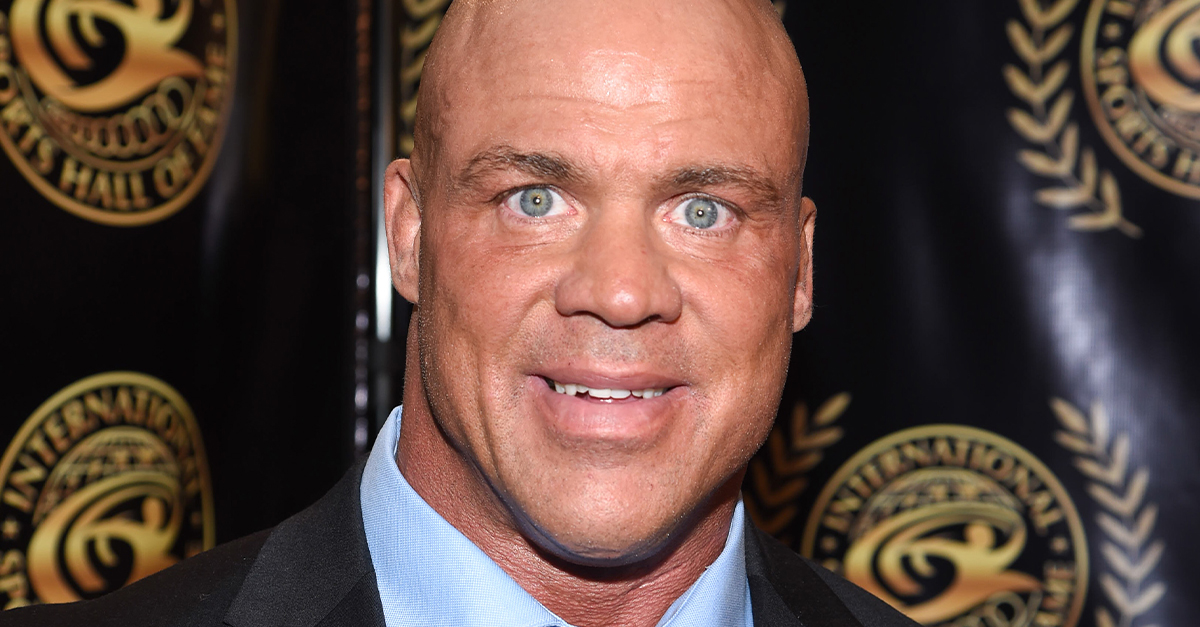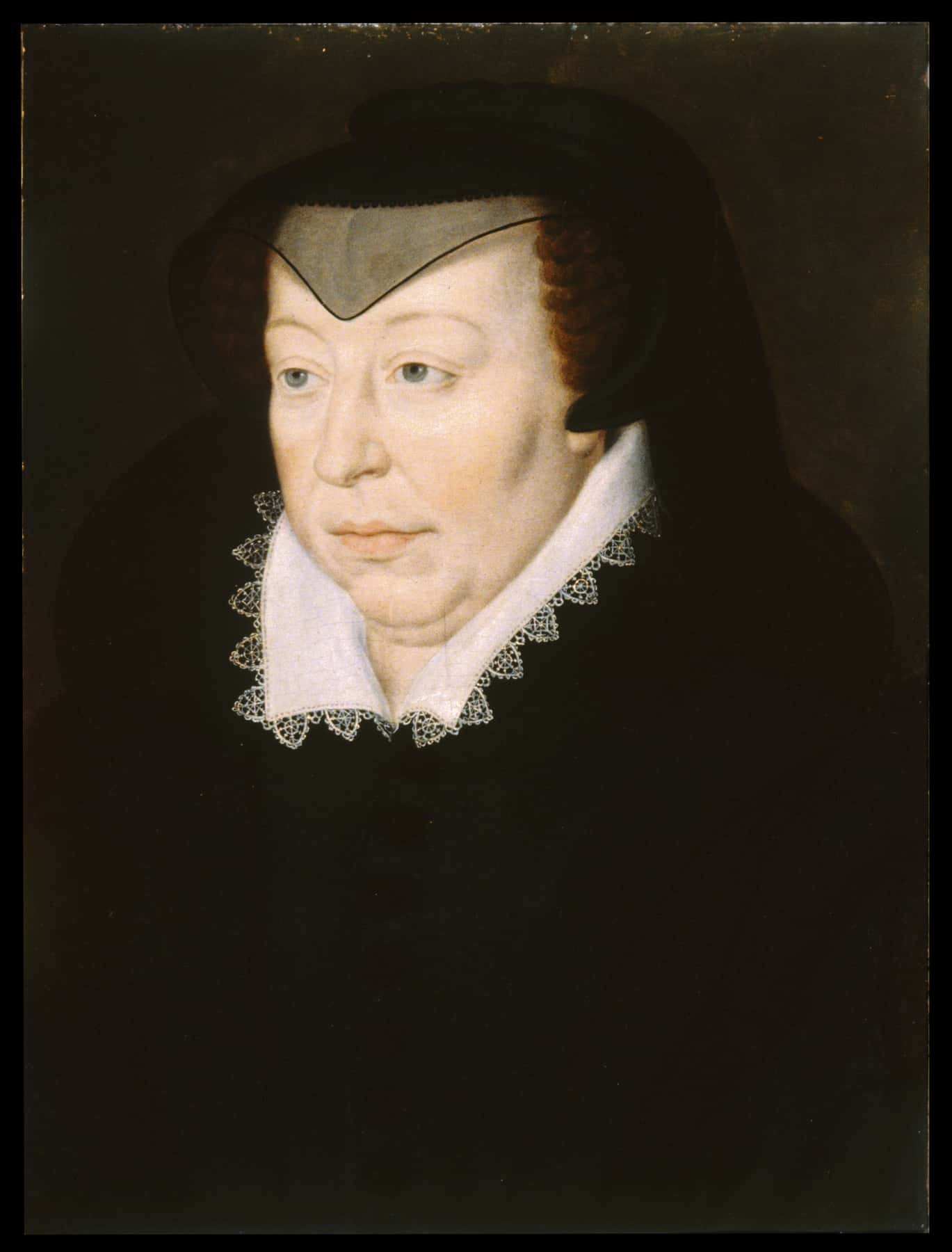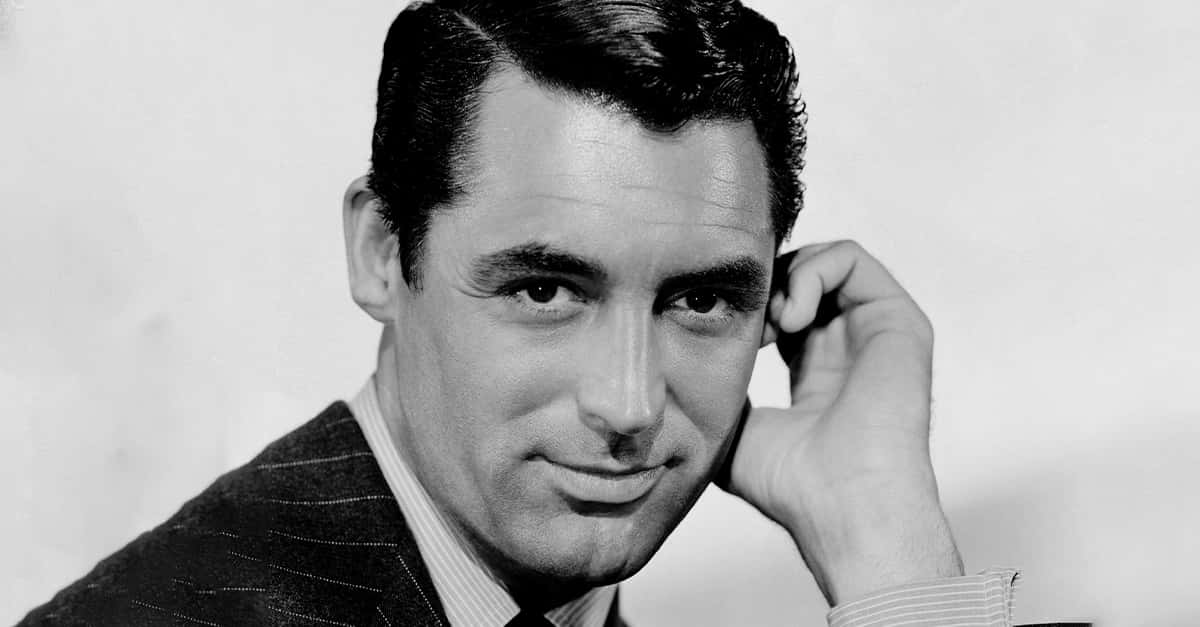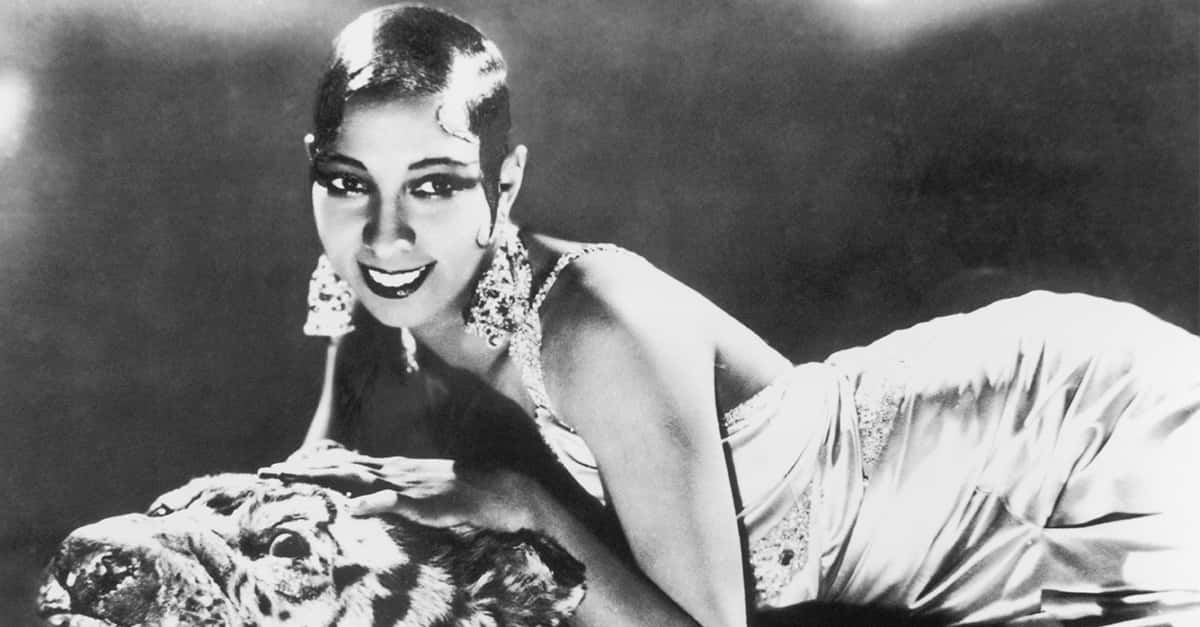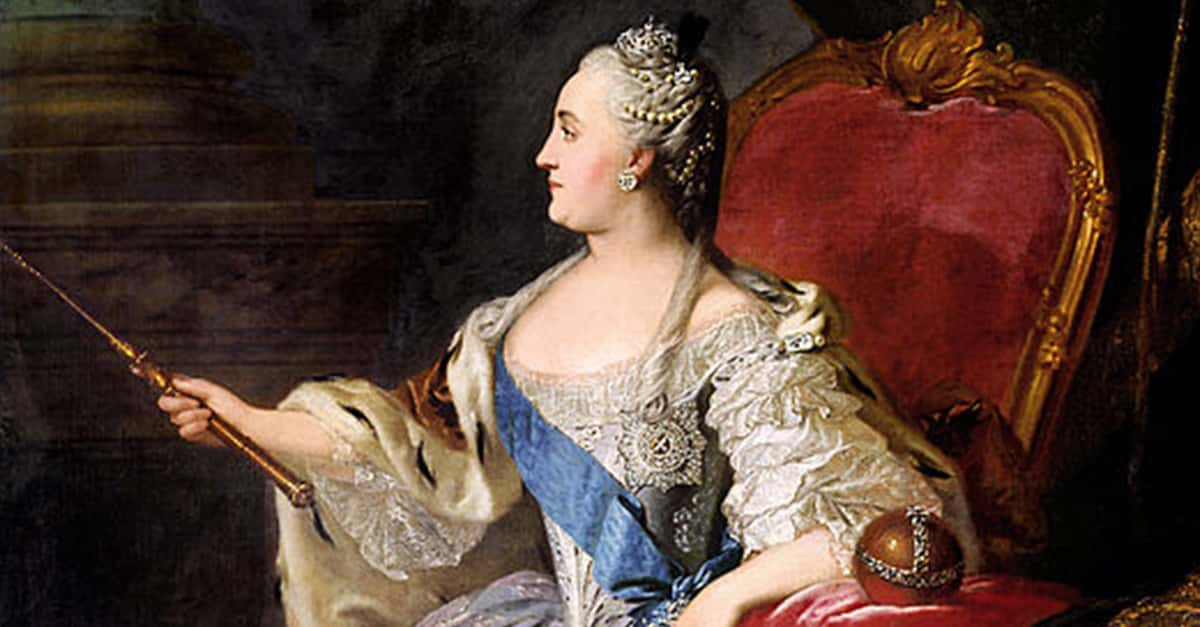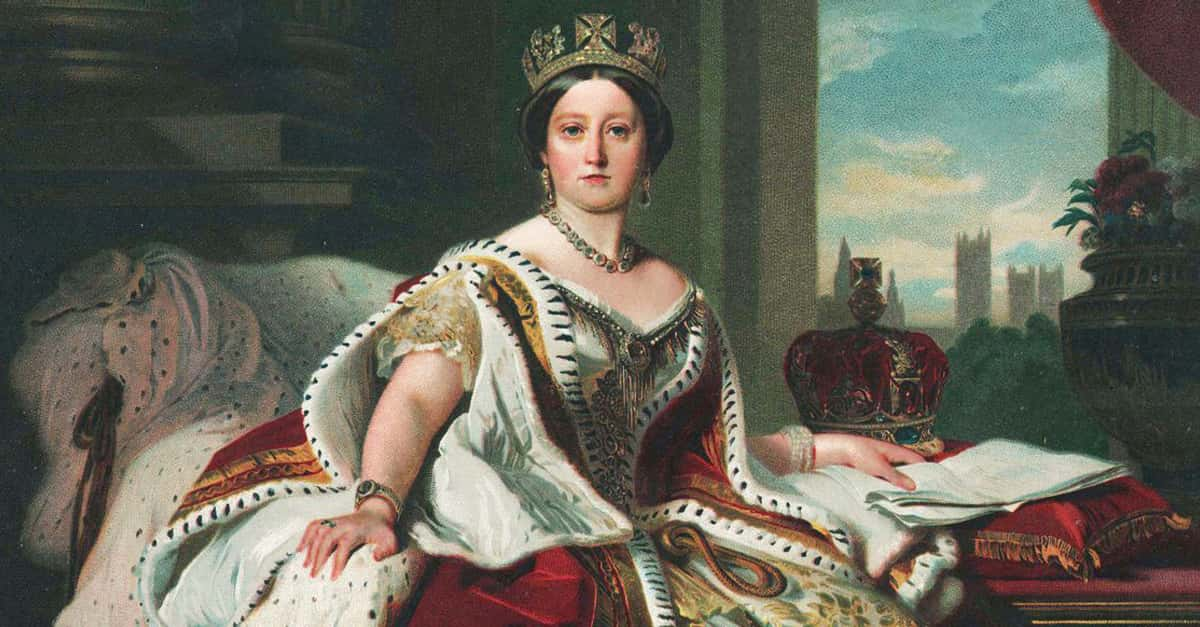Just Trying To Find His Place
Butch Cassidy remains one of Wild West's most infamous outlaws, in part thanks to the movie Butch Cassidy and the Sundance Kid. But while in the movie, Cassidy goes out in a blaze of glory—the real outlaw's end was far darker than they ever would have shown on screen.
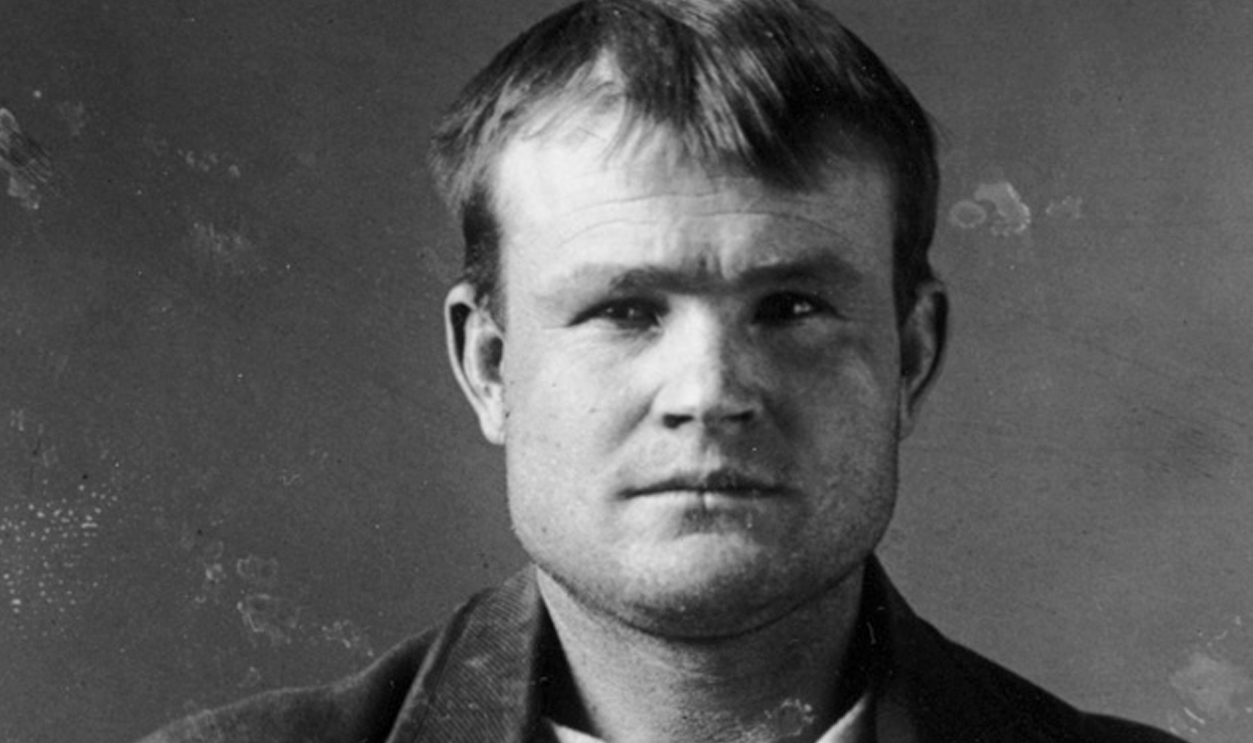
1. He Had A Different Name
Towards the latter end of the 19th century, the American frontier’s outlaw population boomed, and few others would become as influential as Butch Cassidy. Eventually, his name would become synonymous with everything that embodied the Old West—but it wasn’t the one he started with.
Born in the Utah Territory on April 13, 1866, he was originally named Robert LeRoy Parker. Even in his younger years, he couldn’t keep himself from breaking the law.
2. He Committed His First Offense
Robert’s first instance of illicit activity was much less malicious than the outlaws who began with bank hold-ups and armed thefts. In the early 1880s, he broke into a closed store to take a pair of pants and some pie, leaving a note saying he would pay later. Although authorities caught him, the charges didn’t stick.
Soon after, he realized that the simple life wasn’t for him.
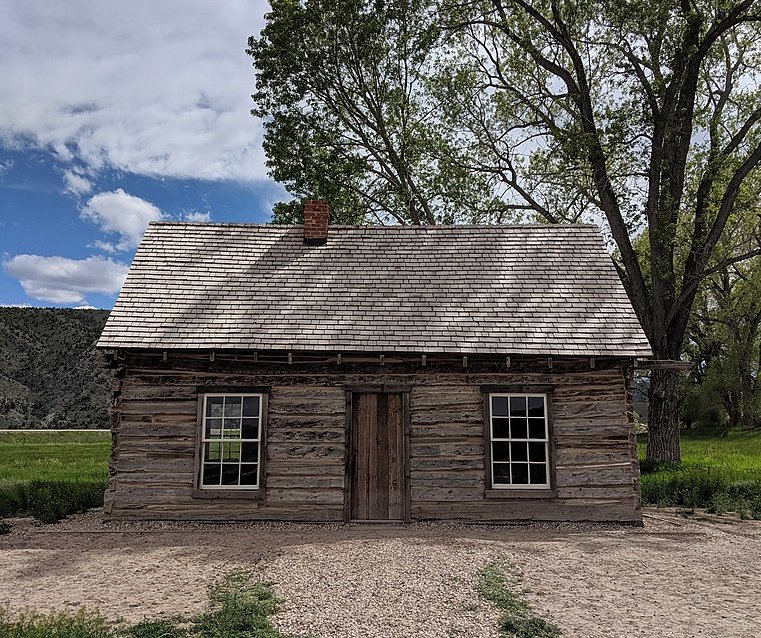 Derrellwilliams, CC BY-SA 4.0, Wikimedia Commons
Derrellwilliams, CC BY-SA 4.0, Wikimedia Commons
3. He Ran Away
Robert’s parents, Maximillian Parker and Ann Campbell Gillies had emigrated from England after converting to Mormonism. Growing up on their ranch in Utah, he felt increasingly trapped. No surprise, then, that he struck out on his own at just 18.
Was he on the run from the law? Maybe. But regardless, his letters from the time indicate that Utah was just too small for him. Hoping to start a new life, he eventually took on a new persona—one that would shape the final days of the Wild West.
 Stansbury, Capt. Howard, Picryl
Stansbury, Capt. Howard, Picryl
4. He Took A New Title
During these early years, Robert grew into a skilled cowboy, eventually meeting cattle rustler Mike Cassidy. Taking the young cowboy under his wing, Mike later inspired Robert to assume his mentor’s surname. Furthermore, Robert’s time working as a butcher in Wyoming resulted in a new nickname, and people began calling him Butch Cassidy.
But just because he had a new name didn't mean the restless young man could remain in one place.
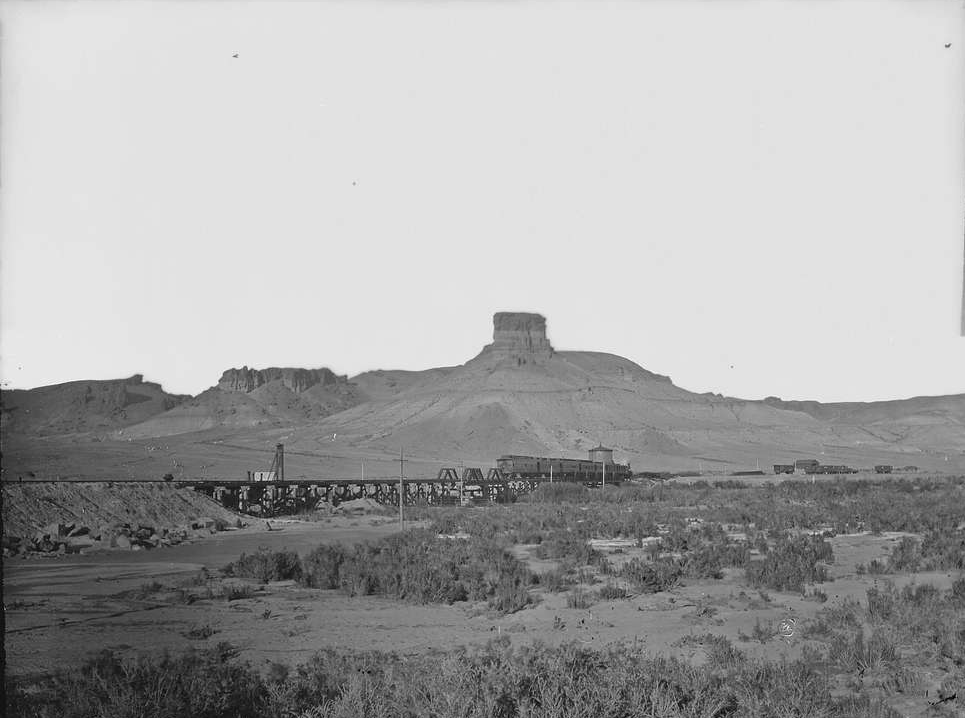 National Archives and Records Administration, Pictyl
National Archives and Records Administration, Pictyl
5. He Moved Again
By the time he was 21, Butch Cassidy had spent several years taking work where he could, which meant he traveled around quite a bit. In 1887, he relocated to Telluride, Colorado, a town he had previously visited—allegedly while hocking stolen horses.
But while he danced a fine line with the law, it’s important to note that Cassidy did continue making an honest living...for a little bit.
6. He Started Racing
After moving to Telluride, Cassidy began a new job—and this one was a little more exotic than the others. Meeting fellow rancher and outlaw Matt Warner, the two started entering Warner’s racehorse in local races. They both rode, and they split the winnings.
Compared to ranching and butchering, horseracing must have felt like easy money. But it could get even easier than that...
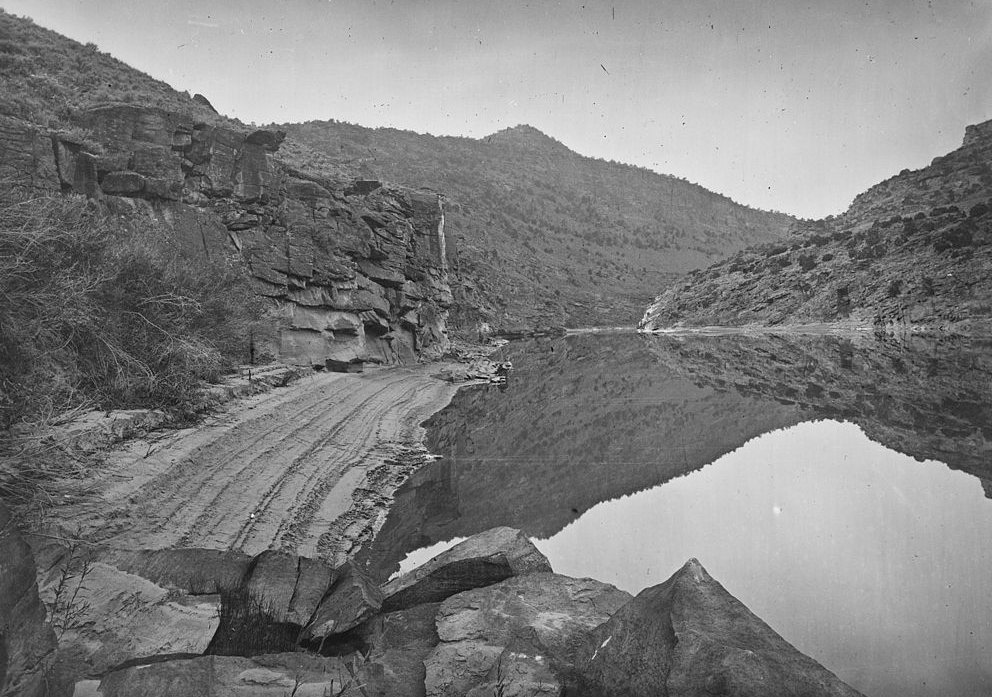 William Henry Jackson, Wikipedia
William Henry Jackson, Wikipedia
7. He Performed His First Heist
On June 24, 1889, Cassidy and Warner partnered up on a much more unseemly endeavor. Targeting the San Miguel Valley Bank, the two joined a couple of other bandits in holding up the institution. The operation went off without a hitch, and Cassidy and his crew walked away with $21,000—a true fortune in those days.
Naturally, they were smart enough to vanish. At least, for a while.
 Abbycw77, CC BY-SA 4.0, Wikimedia Commons
Abbycw77, CC BY-SA 4.0, Wikimedia Commons
8. They Went Into Hiding
The bandits had prepared extensively for this heist, especially Cassidy, who had trained his horse for a quick escape. After the theft, the group retreated to Robbers Roost as planned. While this was a popular hideout for outlaws of the time, for Cassidy, it was special: The hideout was in Utah.
Butch Cassidy was going home flush with cash, and with the funds he acquired, he finally tried to set down some roots.
 William Henry Jackson, Wikimedia Commons
William Henry Jackson, Wikimedia Commons

History's most fascinating stories and darkest secrets, delivered to your inbox daily.
9. He Chose A Specific Residence
Cassidy seemed to decide he enjoyed living on the wrong side of the law, and it began to influence many of his decisions—including buying a ranch in Wyoming. The reason behind the purchase is evident, as it was just a few days away from another popular thieves hideout called Hole-in-the-Wall.
It wasn’t long until someone else joined him at this new home.
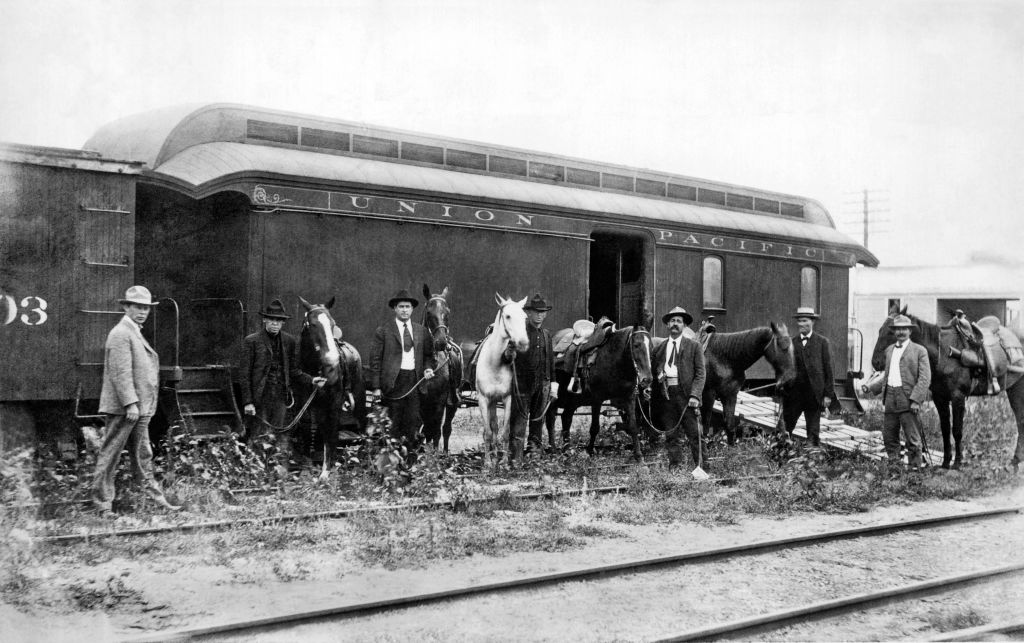 Underwood Archives, Getty Images
Underwood Archives, Getty Images
10. He Met Someone
During this period in Wyoming, Cassidy established a strong trade relationship with fellow rancher, Herb Bassett. As the time passed, Cassidy became more friendly with Bassett’s family, and inevitably began courting his daughter Ann in 1894.
Ann showed interest, but there was one big catch.:She had no clue how Cassidy came by his money—but he wouldn't be able to keep it a secret for long.
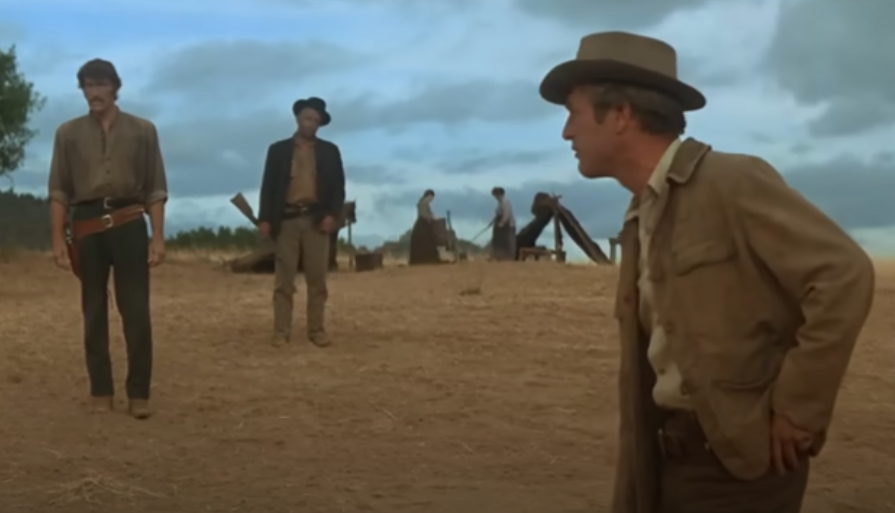 Campanile Productions, Butch Cassidy and the Sundance Kid (1969)
Campanile Productions, Butch Cassidy and the Sundance Kid (1969)
11. He Was Caught
While under the facade of a law-abiding rancher, Cassidy added to his bandit resume by lifting horses and forming a protection scheme. The authorities eventually caught on, and in 1894, they took him into custody. Found guilty, his sentence was two years in lockup in Laramie, Wyoming.
While this was a setback, Cassidy was patient during his time served.
 Campanile Productions, Butch Cassidy and the Sundance Kid (1969)
Campanile Productions, Butch Cassidy and the Sundance Kid (1969)
12. He Got Out
Many who encountered Cassidy would later describe him as surprisingly amiable, which undoubtedly helped when he was first imprisoned. Although he received a two-year sentence, he gained freedom after around 18 months when Governor William Alford Richards issued him a pardon.
Needless to say, he hadn’t learned his lesson.
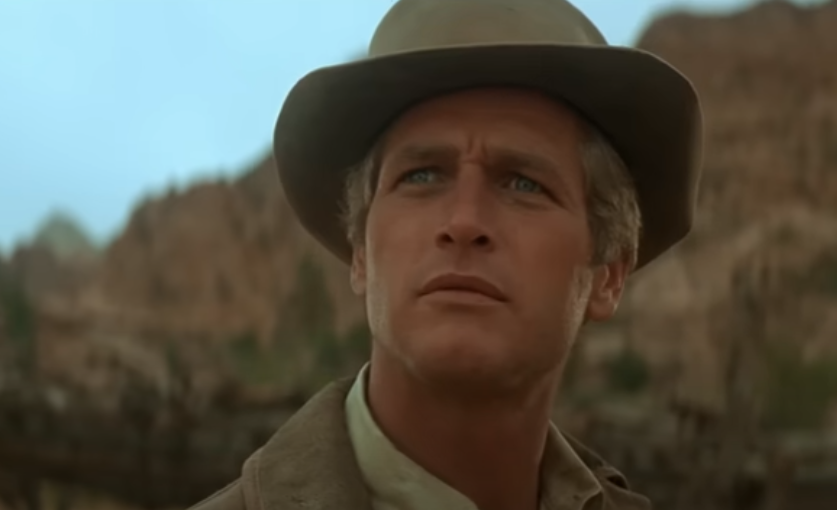 Campanile Productions, Butch Cassidy and the Sundance Kid (1969)
Campanile Productions, Butch Cassidy and the Sundance Kid (1969)
13. He Formed His Gang
Many of the outlaws in the area knew each other and, after his release, Butch Cassidy organized them into one gang. He called them the Wild Bunch, which similar to his surname, he took from other outlaws—specifically the Doolin-Dalton gang.
Among them were such colorful characters as Kid Curry, The Tall Texan, and George "Flat Nose" Curry. They wasted no time in getting their name out there.
 Gilman Collection, Wikimedia Commons
Gilman Collection, Wikimedia Commons
14. They Began Their Spree
In 1896, the same year that Cassidy received his pardon, he and the Wild Bunch established themselves as the new gang in town. Although it was only Cassidy and three others, they held up a bank in Montpelier, Idaho, making off with about $7,000.
Soon after, Cassidy met the man who would forever be attached to his name.
 Legends of America, Wikimedia Commons
Legends of America, Wikimedia Commons
15. He Recruited Someone Special
With such a large and popular conglomeration as the Wild Bunch, they attracted several outlaws to join up. One of these new members was an equally experienced thief named Harry Longabaugh, with whom Cassidy became close friends. Longabaugh would later go by another name—The Sundance Kid.
Soon, the gang engaged in another popular form of Old West misbehavior.
 Library of Congress, Getarchive
Library of Congress, Getarchive
16. They Elevated Their Thefts
From the days of Jesse James, train thefts became a popular misdeed in the Old West for outlaws who wanted a larger score. As the Wild Bunch moved on to bigger targets, they held up the Overland Flyer passenger train while it traveled through Wyoming in 1899. This didn’t go unnoticed, and authorities set their sights on the group.
 Library of Congress, Wikimedia Commons
Library of Congress, Wikimedia Commons
17. They Got More Attention
With their train heist, the Wild Bunch may have bitten off more than they could chew, as it launched them onto the law’s radar. Since the gang scattered and went into hiding, authorities commenced a manhunt over several states.
This resulted in multiple shootouts, during which several gang members fatally shot a few of the pursuing officers. This kind of determination also came from the gang’s growing reputation.
 Campanile Productions, Butch Cassidy and the Sundance Kid (1969)
Campanile Productions, Butch Cassidy and the Sundance Kid (1969)
18. They Were Everywhere
It’s believed that the Wild Bunch performed nine heists in total from various banks, trains, and even a payroll office. However, even this number pales in comparison to what was thought at the time. The gang’s reputation had grown so large that authorities started pinning nearly every theft in the area on them.
Around this time, more than just the regular law enforcement became involved.
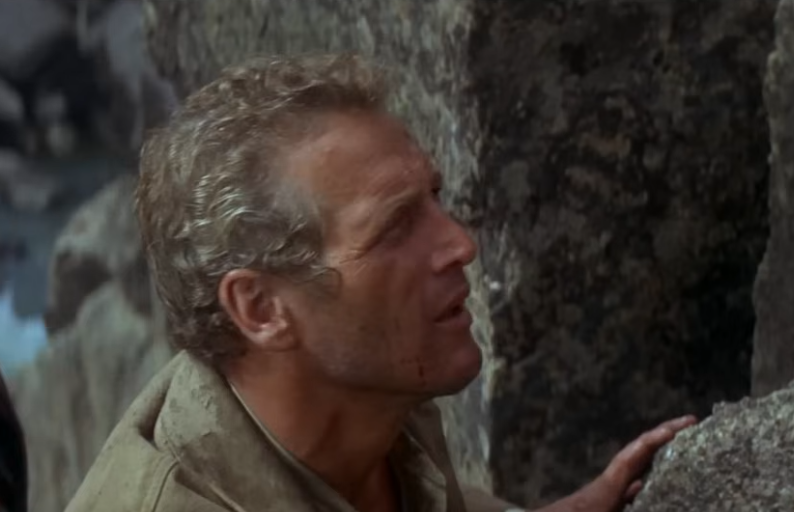 Campanile Productions, Butch Cassidy and the Sundance Kid (1969)
Campanile Productions, Butch Cassidy and the Sundance Kid (1969)
19. They Had Others After Them
With the law on their tail, the Wild Bunch attracted the attention of an already prominent group of investigators. Sending their agents, and even a hired mercenary, the Pinkerton National Detective Agency took great interest in the manhunt. Through many avenues, the Agency would follow Cassidy until the bitter end.
However, they sure had their work cut out for them.
20. They Were Meticulous
The Wild Bunch could contribute much of their success to their sharp, detailed plans, usually conceived by Cassidy himself. This included taking days to plan each step of the heist, picking the best time of the year—often during summer—and having a predetermined meeting place after they escaped.
But more than his clever preparation, reports imply Cassidy to have been surprisingly honorable.
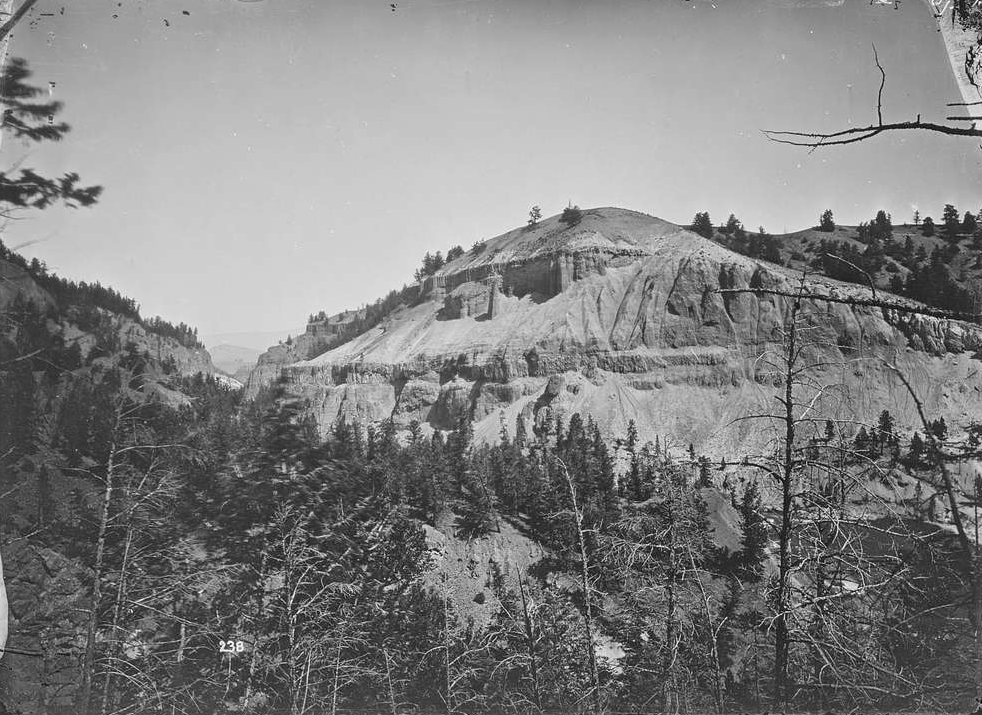 National Archives and Records Administration, Picryl
National Archives and Records Administration, Picryl
21. He Was A Gentleman
One part of Butch Cassidy’s reputation may sit somewhere between truth and embellishment, but it certainly made him easier to sympathize with: Although some of the Wild Bunch fatally shot several officers and civilians in shootouts, Cassidy insisted he would never take a life during a job. Indeed, no records indicate any time he broke this rule.
If that were true, it shouldn't be too surprising that he eventually appeared to grow conflicted over his lifestyle.
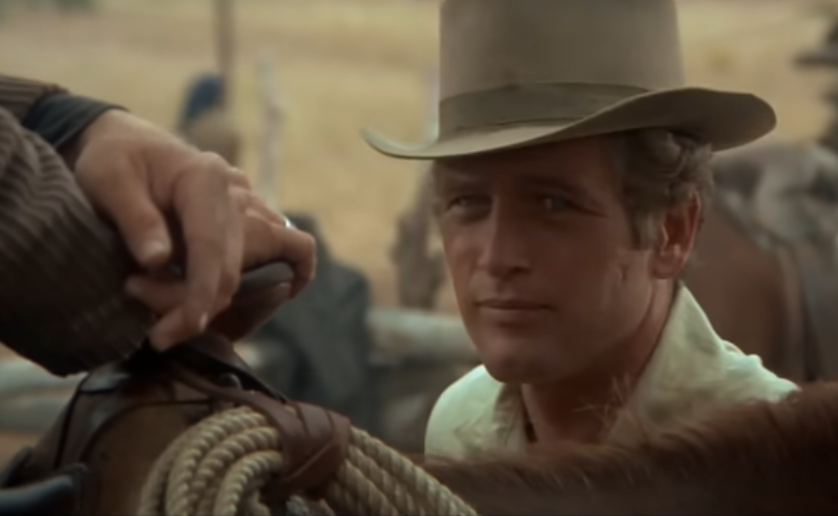 Campanile Productions, Butch Cassidy and the Sundance Kid (1969)
Campanile Productions, Butch Cassidy and the Sundance Kid (1969)
22. He Made A Promise
At the end of the 19th century, Cassidy seemingly became tired of living as an outlaw—but it wasn't that simple. For Butch Cassidy, stopping meant facing the accusations against him. Therefore, when he requested amnesty from the Governor of Utah, he agreed to cease his lawless actions and speak with the Union Pacific Railroad about retracting their complaints.
Meanwhile, the law was closing in on the gang.
 Campanile Productions, Butch Cassidy and the Sundance Kid (1969)
Campanile Productions, Butch Cassidy and the Sundance Kid (1969)
23. They Were In More Danger
Through the beginning of 1900, the law began getting much too close for comfort to the Wild Bunch. One of the members, Kid Curry, lost a brother in a firefight with authorities, after which they took his cousin into custody. Then, in April, George “Flat-Nose” Curry also perished while fighting with the law.
Amid this manhunt, Cassidy realized the painful truth.
 Campanile Productions, Butch Cassidy and the Sundance Kid (1969)
Campanile Productions, Butch Cassidy and the Sundance Kid (1969)
24. He Was Denied
Any hopes of lawfully resigning from a bandit’s life were dashed for Cassidy when he sought the advice of a lawyer in 1900. After being told that receiving a pardon was impossible, Cassidy was disappointed but accepted the reality. Leaving the lawyer’s office, he regretted his circumstances, stating, “You'll never know what it means to be forever on the dodge”.
Understandably, he didn’t feel like being as accommodating as he had been.
 Campanile Productions, Butch Cassidy and the Sundance Kid (1969)
Campanile Productions, Butch Cassidy and the Sundance Kid (1969)
25. He Went Back On His Word
Although the Governor directed Cassidy to the Union Pacific Railroad and the company’s chairman tried to reach out to him, the outlaw knew his chances were slim. If anyone wondered whether Cassidy still wanted to negotiate, they got an answer when he and the Wild Bunch held up a Union Pacific train in August 1900.
Following this, the gang reached an iconic moment in their history.
 John Carbutt, Wikimedia Commons
John Carbutt, Wikimedia Commons
26. They Took A Photo
One of the most famous remnants of the Wild Bunch came about toward the end of 1900. For fun, and perhaps in defiance of the authorities closing in, some members commemorated their partnership by posing for a photo in Fort Worth, Texas. Dubbed the Fort Worth Five, their photo would later find use in the Pinkerton Agency’s wanted posters.
However, this may have been one of their last times together.
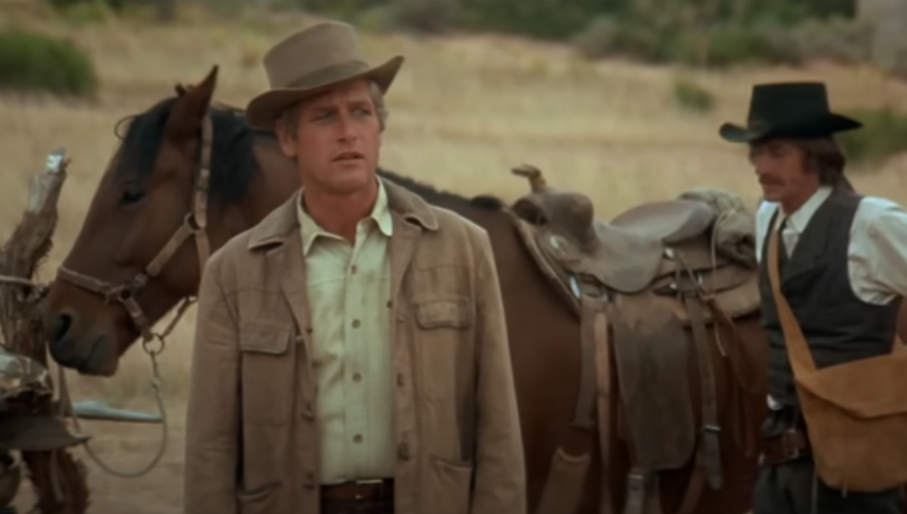 Campanile Productions, Butch Cassidy and the Sundance Kid (1969)
Campanile Productions, Butch Cassidy and the Sundance Kid (1969)
27. They Were Scattered
Between 1900 and 1901, the Wild Bunch quickly declined as they split across the country, and law enforcement remained hot on their tail. Throughout the latter year, authorities caught up to several more members who were either gunned down like William "News" Carver or captured like Ben Kilpatrick and Laura Bullion.
Amid this chaos, Cassidy made a tough decision.
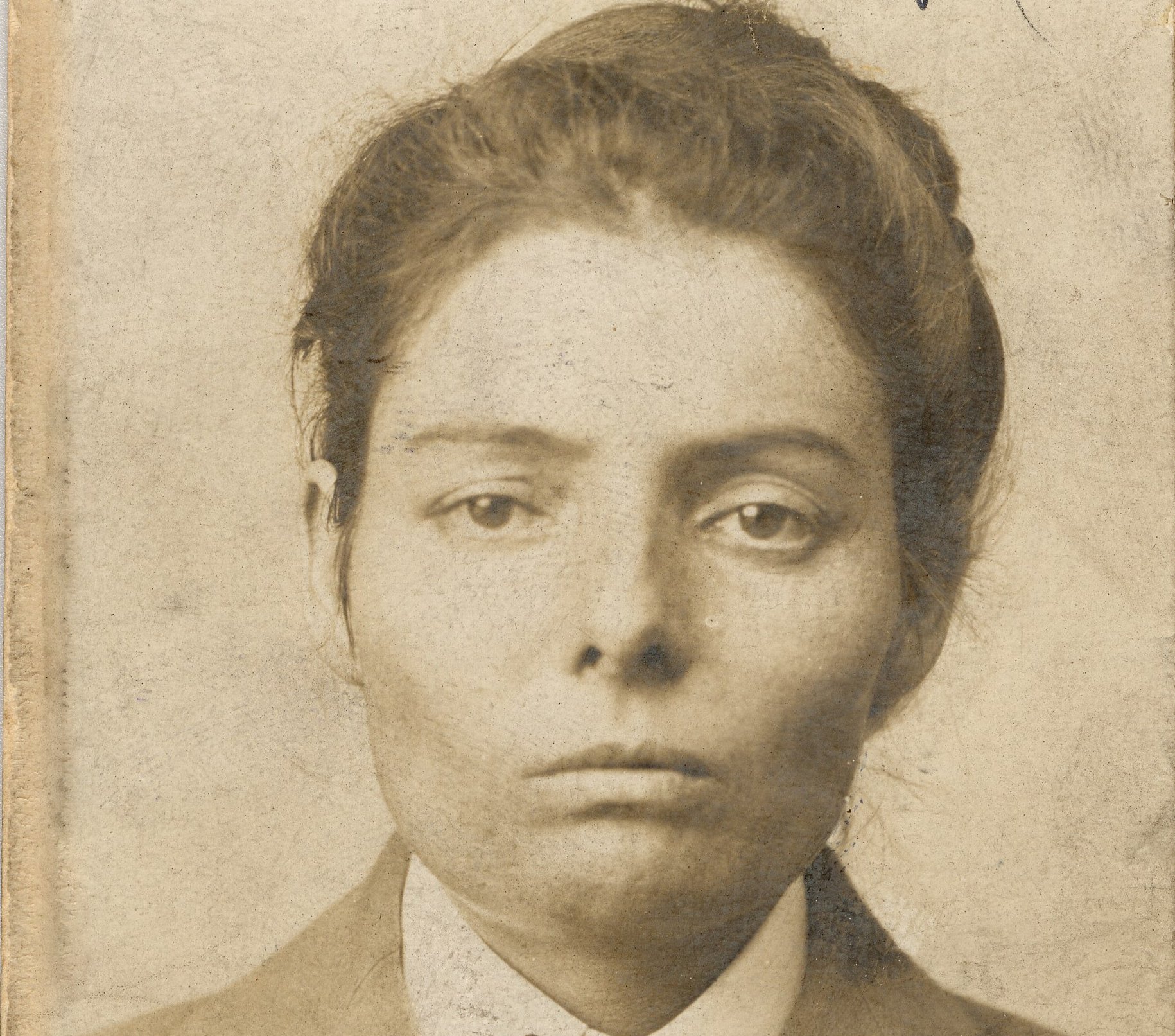 Library of Congress, Wikimedia Commons
Library of Congress, Wikimedia Commons
28. They Took Off
Separated from his friends, and with the law bearing down on him, Cassidy had no choice but to flee. Luckily, he wasn’t alone, since Harry Longabaugh—the Sundance Kid—and his girlfriend Etta Place joined Cassidy on the run. In 1901, the three left for New York City, evading their pursuers.
However, this wasn’t far enough for them to feel comfortable.
 Warner Bros., The Wild Bunch (1969)
Warner Bros., The Wild Bunch (1969)
29. They Moved Countries
In February, Cassidy and his two companions realized it would be too dangerous to stay in America, no matter where they hid. Leaving New York, they traveled by steamer to Argentina, with Cassidy assuming the identity of Etta Place’s brother—which she didn’t have—to avoid suspicion.
Knowing this would be a long trip, they hunkered down.
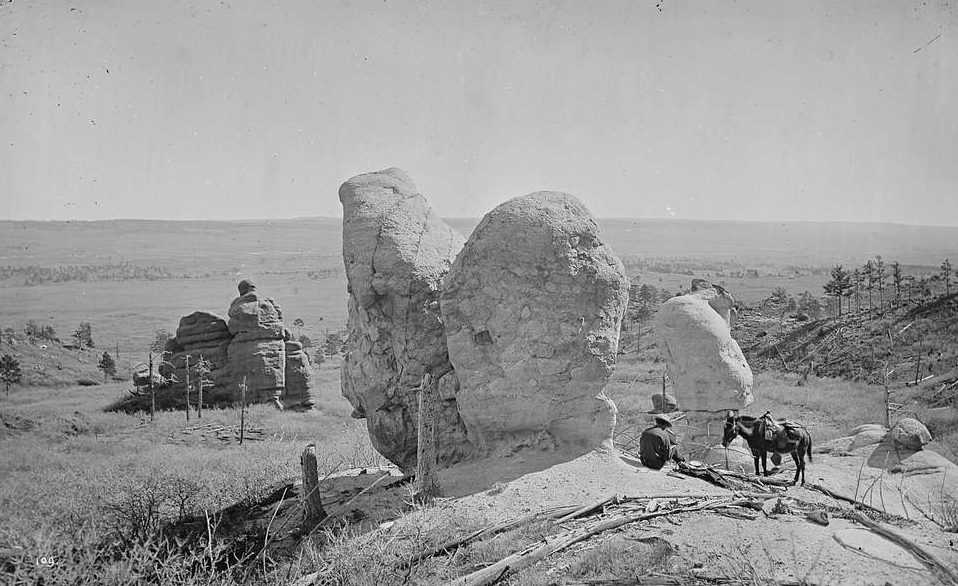 National Archives and Records Administration, Picryl
National Archives and Records Administration, Picryl
30. They Bought Some Property
Cassidy was painfully aware that he wouldn’t be able to return to America for a long time, if ever. Rather than continue running, he, Sundance, and Place bought a ranch just east of the Andes Mountains close to the town of Cholila. Evidence suggests that this wasn’t just a safe house, though.
31. They Made A Home
On their ranch, Cassidy’s trio found more than just a place to wait out the manhunt for them. Letters from Cassidy at the time imply that he found his opportunity to settle down, referring to him and his companions as “our little family of three”. They also turned it into a proper ranch, purchasing hundreds of livestock and work animals.
Eventually, though, this seemingly wasn’t enough.
 Warner Bros., The Wild Bunch (1969)
Warner Bros., The Wild Bunch (1969)
32. They Returned To Lawlessness
After several years living on their ranch, Cassidy and Sundance returned to their illicit activity. In 1905, the two held up a bank in Río Gallegos before fleeing into the wild—or so it would seem. While the proximity to the trio’s ranch suggests that Cassidy and Sundance were behind this theft, the thieves' identities were never confirmed.
Nonetheless, their period of peace would soon be over.
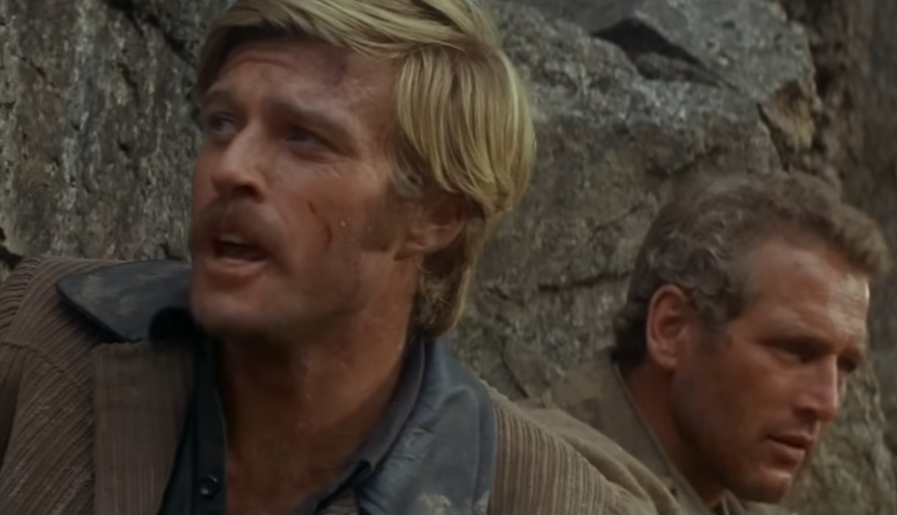 Campanile Productions, Butch Cassidy and the Sundance Kid (1969)
Campanile Productions, Butch Cassidy and the Sundance Kid (1969)
33. They Were Being Watched
Unfortunately for the three outlaws, they hadn’t eluded the law as cleverly as they thought. By 1905, the Pinkerton Agency had found out exactly where they were and would have moved in on them immediately if Argentina’s winter hadn’t been so inhospitable. Once again, the law closed in—but this time, Cassidy and his friends had help.
 Campanile Productions, Butch Cassidy and the Sundance Kid (1969)
Campanile Productions, Butch Cassidy and the Sundance Kid (1969)
34. He Tipped Them Off
While living on their ranch, the three weren’t recluses and managed to make at least one strategic friendship. Sheriff Edward Humphreys had grown fond of them and was in love with Place, so he informed them when Governor Julio Lezana put out a warrant for their capture. Thanks to him, they made their escape.
But they wouldn't be able to run forever.
 Popular Science Monthly Volume 82, Picryl
Popular Science Monthly Volume 82, Picryl
35. They Relocated
With the law on their tail again, Cassidy, Sundance, and Place had no choice but to abandon their new home. Selling the ranch in May 1905, they spent the rest of the year on the run, heading north across Nahuel Huapí Lake. But there was one silver lining to their current predicament:
Now that their cover had been blown, they saw no problem with another theft.
36. They Targeted Another Bank
While running from the law, the three outlaws stopped in Villa Mercedes in the San Luis Province to restock their funds. Doing what they did best, the three joined an unnamed accomplice in holding up a branch of the Banco de la Nación Argentina. Afterward, they moved countries again, traveling over the Andes Mountains into Chile.
For at least one of them, however, enough was enough.
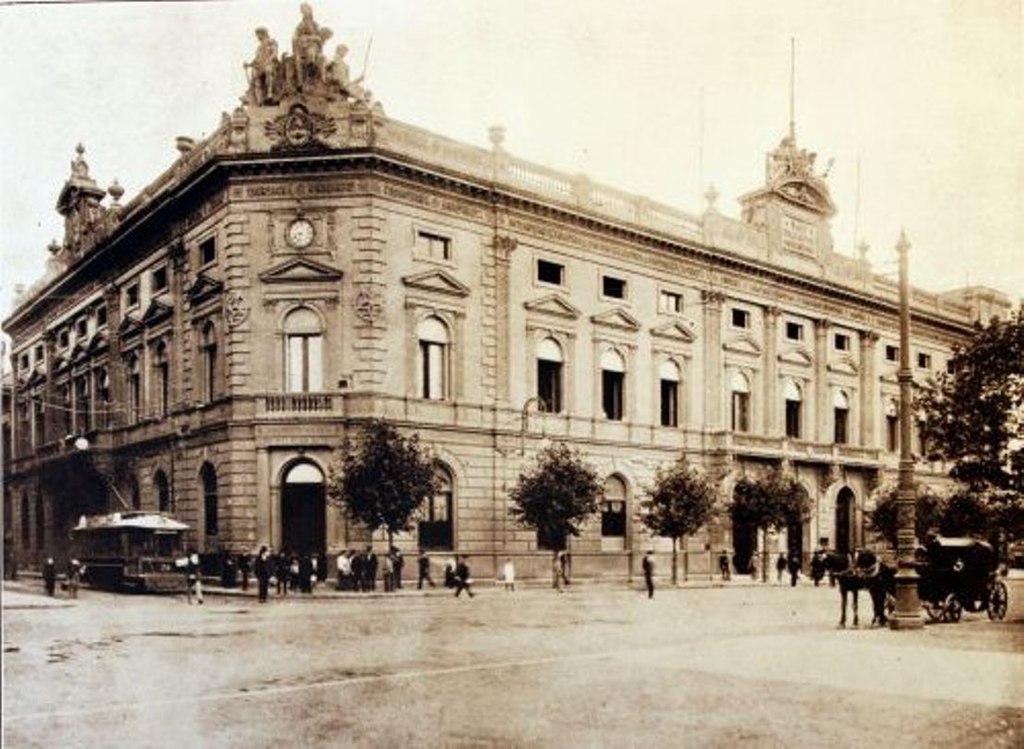 Casa Witcomb, Wikimedia Commons
Casa Witcomb, Wikimedia Commons
37. She Was Done
Although the three had become close during their many trials, it eventually became too much for Etta Place. Although she was also on the run, authorities were mostly looking for Cassidy and Sundance, and she decided it was time for her to stop. Escorted by Sundance, she returned to America the following year, leaving the rest of her story obscured by vague records.
Meanwhile, Cassidy made another attempt at normalcy.
 Campanile Productions, Butch Cassidy and the Sundance Kid (1969)
Campanile Productions, Butch Cassidy and the Sundance Kid (1969)
38. He Got A Job
As Sundance brought Place back to America, Cassidy relocated to Bolivia and seemingly tried again to leave the life of an outlaw behind. Assuming the fabricated identity of James "Santiago" Maxwell, he got a job in the Concordia Tin Mine. Still, he didn’t spend the rest of this time alone.
 Campanile Productions, Butch Cassidy and the Sundance Kid (1969)
Campanile Productions, Butch Cassidy and the Sundance Kid (1969)
39. He Came Back
After bidding his girlfriend goodbye, Sundance returned to South America and met back up with Cassidy. Joining him at the tin mine, Sundance seemed on board with making a decent living, and the two received the duty of watching over the payroll. Now in another new place, they wanted another chance at making a home.
 Campanile Productions, Butch Cassidy and the Sundance Kid (1969)
Campanile Productions, Butch Cassidy and the Sundance Kid (1969)
40. They Tried To Be Honest
Still working at the mine, the desire to become regular members of society never left Cassidy and Sundance. In 1907, the two moved to Santa Cruz, intent on purchasing another ranch to regain some of the peace they found on their arrival in Argentina.
But in another alleged account, this honest streak may have run out.
41. They May Have Struck Again
Near the end of 1908, the duo were again the suspects in a reported theft. In southern Bolivia, two American bandits ambushed a courier and stole the payroll for a couple of mines. While they wore masks and concealed their identities, historians believe that these were Cassidy and Sundance.
Naturally, this put everyone on edge.
42. They Were Found
It appears that Cassidy and his partner’s goal to settle down never panned out, at least judging from reports at the time. According to several witnesses, the two were living out of a bunkhouse in the town of San Vicente around the time of the payroll theft.
This would prove to be their downfall and, in a grave oversight, the bandits sealed their fate.
 Campanile Productions, Butch Cassidy and the Sundance Kid (1969)
Campanile Productions, Butch Cassidy and the Sundance Kid (1969)
43. They Messed Up
The attack on the payroll courier occurred near San Vicente, and following the reports of Cassidy and Sundance at a local bunkhouse, the establishment’s owner took a closer look. Confirming his suspicions, he found a mule in their possession carrying the brand of Aramayo Mine, where the payroll was heading.
As opposed to some of their previous sympathizers, the owner wasn’t looking to help.
44. He Raised The Alarm
Believing his two American residents to be the fugitive outlaws, bunkhouse owner Bonifacio Casasola alerted the authorities. After the information traveled up the chain of command, four men from a nearby cavalry unit worked with local law enforcement to investigate. As for Cassidy and Sundance, the end was near.
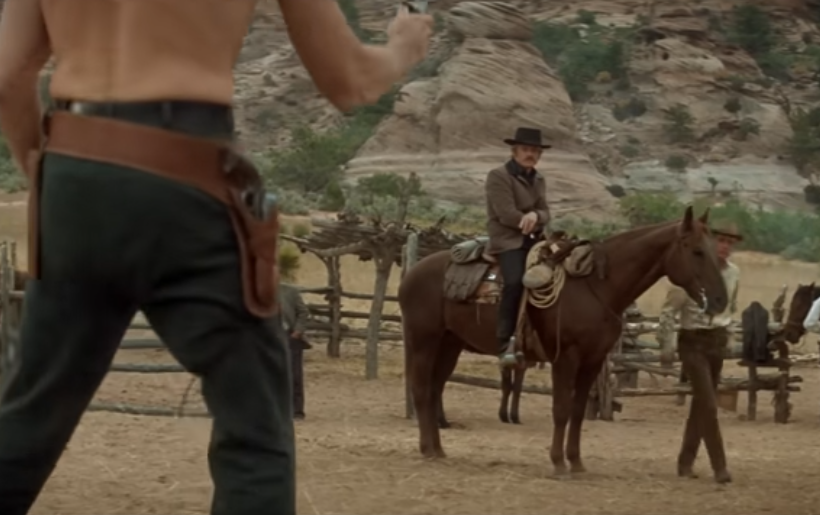 Campanile Productions, Butch Cassidy and the Sundance Kid (1969)
Campanile Productions, Butch Cassidy and the Sundance Kid (1969)
45. They Approached The House
Certain that the bunkhouse guests were behind the payroll theft, the collection of army and law enforcement mobilized, including the mayor of San Vicente. Intending to take the two men into custody, they surrounded the property on November 6. However, the outlaws didn't plan on accepting their fate.
 Campanile Productions, Butch Cassidy and the Sundance Kid (1969)
Campanile Productions, Butch Cassidy and the Sundance Kid (1969)
46. They Fought Back
The authorities hoped to bring the men in peacefully, but the bandits had other plans. As their pursuers grew closer, Cassidy and Sundance initiated a firefight that wouldn’t end until around 2 am the following morning. During the battle, the fugitives shot two of the cavalry members, one of whom perished.
Of course, they couldn’t go on forever.
 U.S. Department of Agriculture Forest Service, Picryl
U.S. Department of Agriculture Forest Service, Picryl
47. They Heard Screams
The firefight in San Vicente didn’t end with the outlaws surrendering or the authorities overtaking them, but with a brief moment of peace. At a point where no shots had gone off for a while, the silence broke when one of the bandits let out three ghastly shrieks from inside. This preceded the sound of two shots—then silence resumed.
Sensing that the outlaws were no more, the authorities still needed to confirm.
48. They Went Inside
As the threat subsided, the authorities entered the bunkhouse to find a horrendous sight. The bandits lay lifeless on the floor, riddled with shots, one specifically with a forehead wound. Judging by a self-inflicted shot on the other body, believed to be Cassidy, the prevailing theory suggested he put Sundance out of his misery and then took his own life.
But there’s still an element of mystery to this tale.
 Campanile Productions, Butch Cassidy and the Sundance Kid (1969)
Campanile Productions, Butch Cassidy and the Sundance Kid (1969)
49. They Remained Unknown
Bolivian authorities didn’t know they were going up against Butch Cassidy and the Sundance Kid and only confirmed that the men were behind the payroll theft. In fact, even after the fighting was over, law enforcement never identified the men as the American fugitives.
Despite the bodies being buried in town, no positive DNA match has ever been made. This allows for a stunning possibility.
 Campanile Productions, Butch Cassidy and the Sundance Kid (1969)
Campanile Productions, Butch Cassidy and the Sundance Kid (1969)
50. His Fate Is Unclear
With so little evidence that Cassidy and Sundance met their ends at the hands of Bolivian law enforcement, some have posited that they weren’t even there. Several theories have been put forward, including by Cassidy’s friends and family, that he returned to America and perished elsewhere.
You May Also Like:
The Most Wicked Man In The Wild West
King Leopold II Was The Most Evil Person Who Ever Lived
The Incredible Story Of The Real “Lawrence Of Arabia”
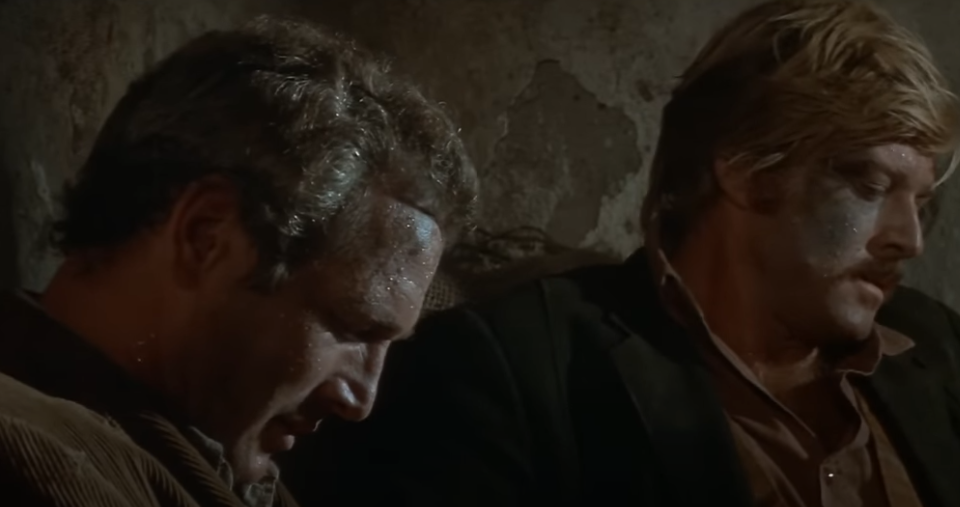 Campanile Productions, Butch Cassidy and the Sundance Kid (1969)
Campanile Productions, Butch Cassidy and the Sundance Kid (1969)

